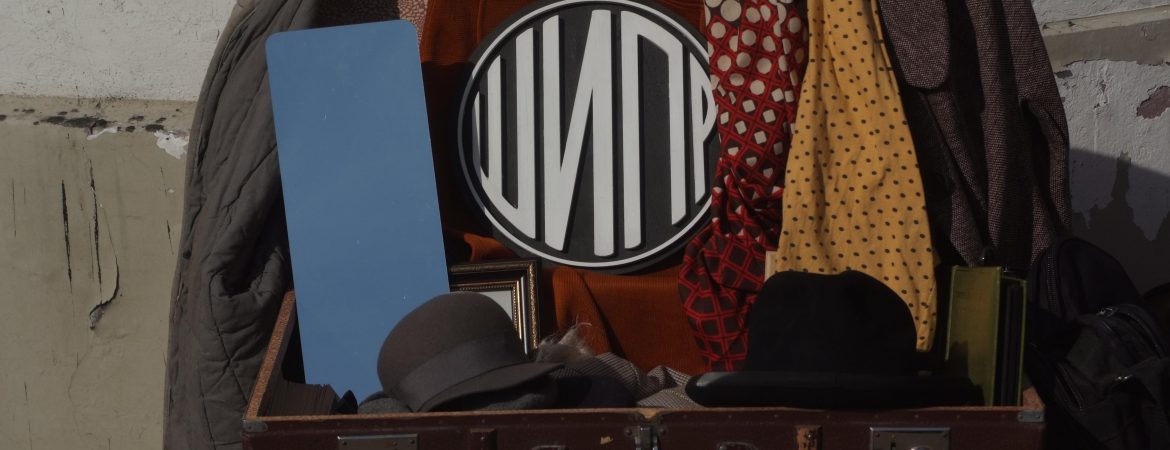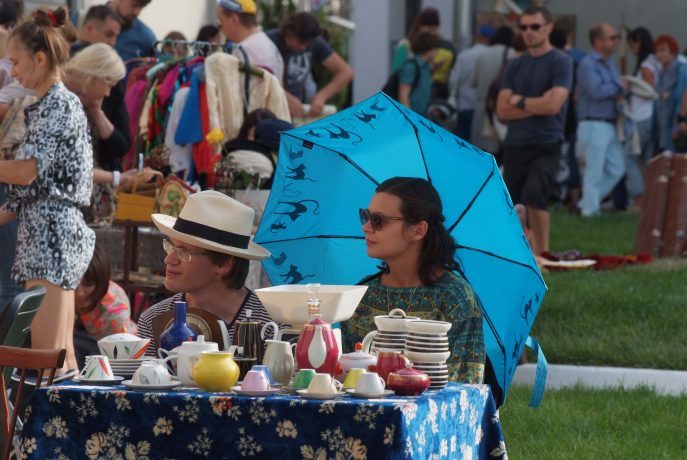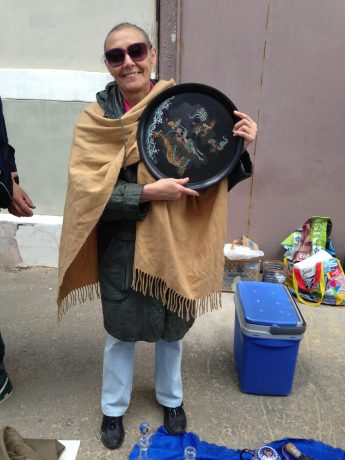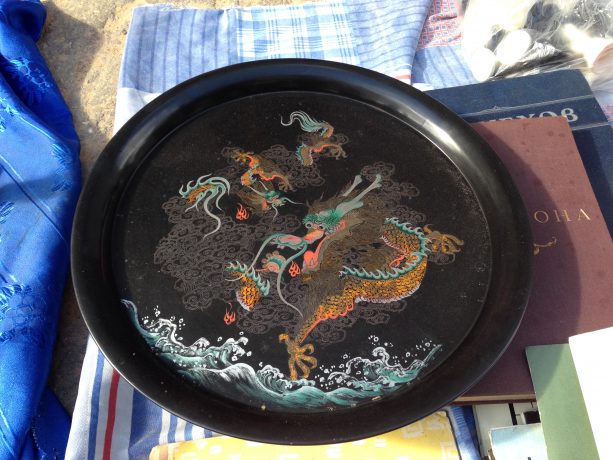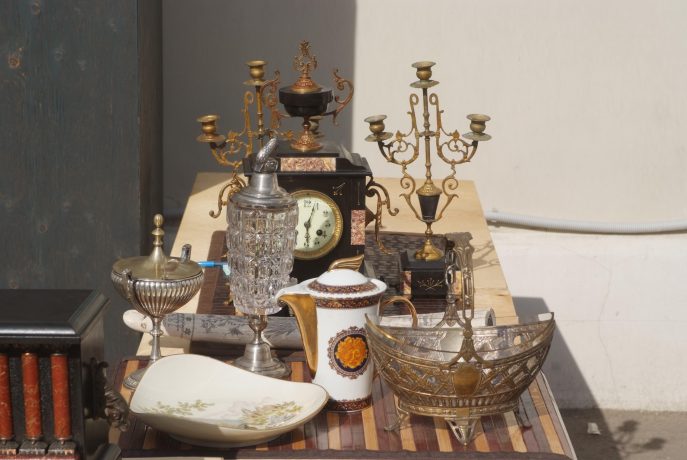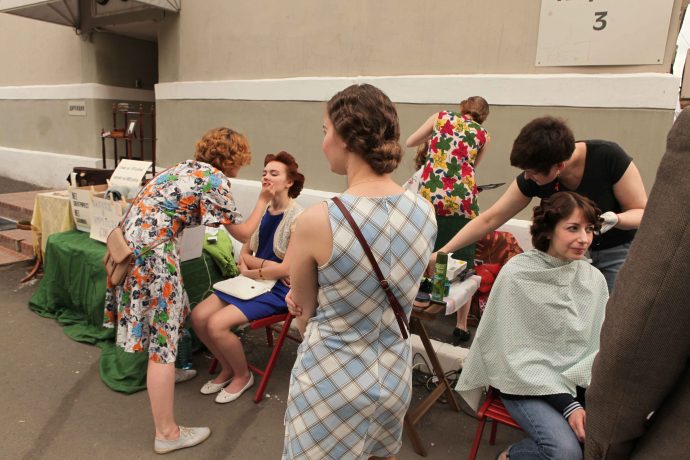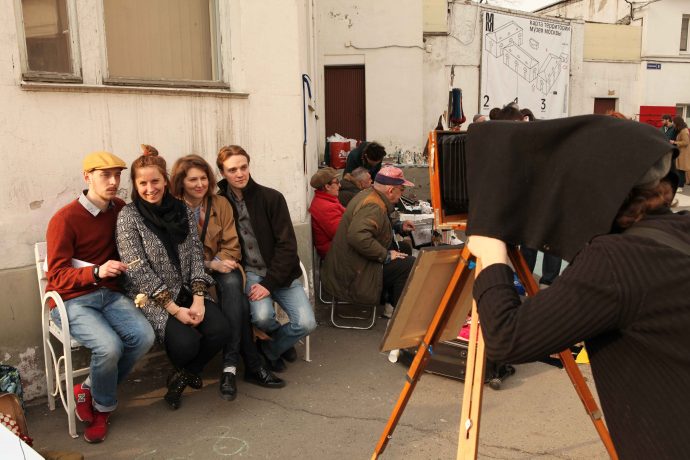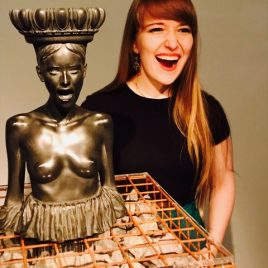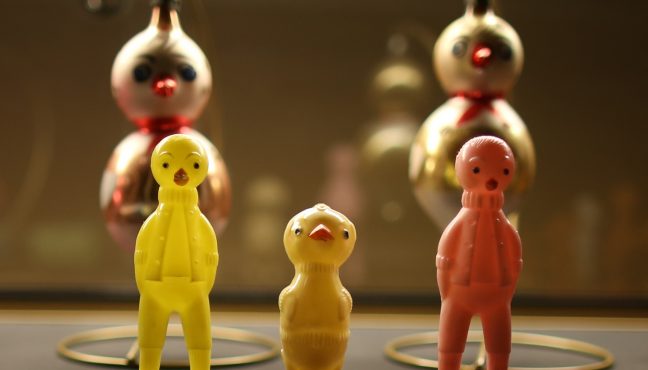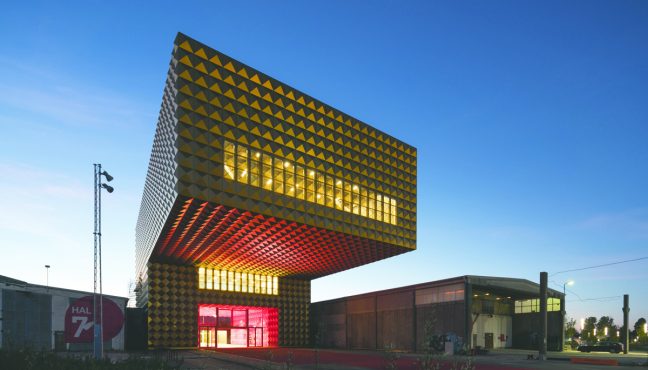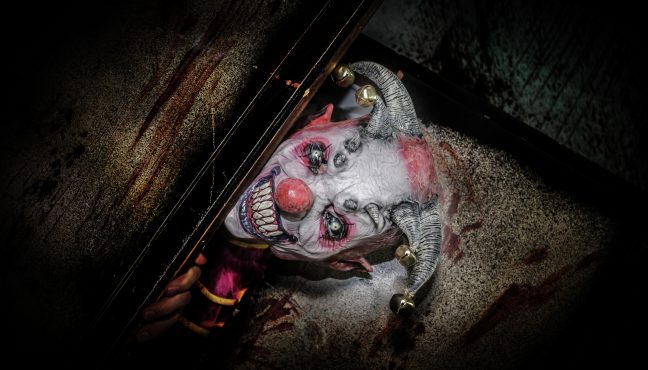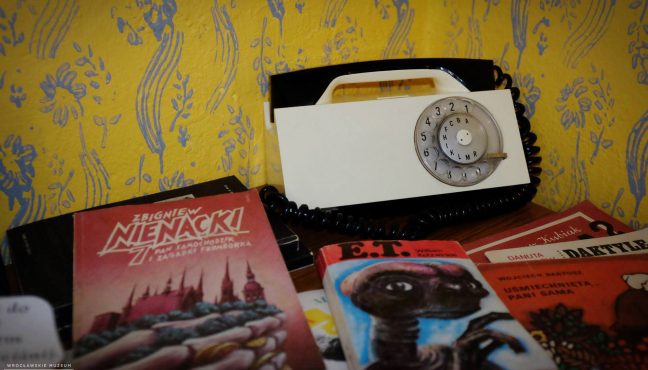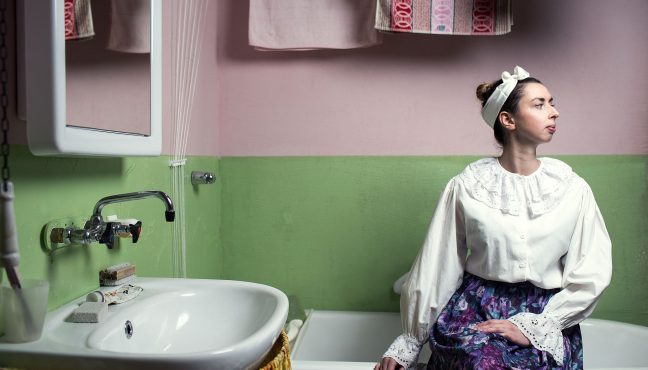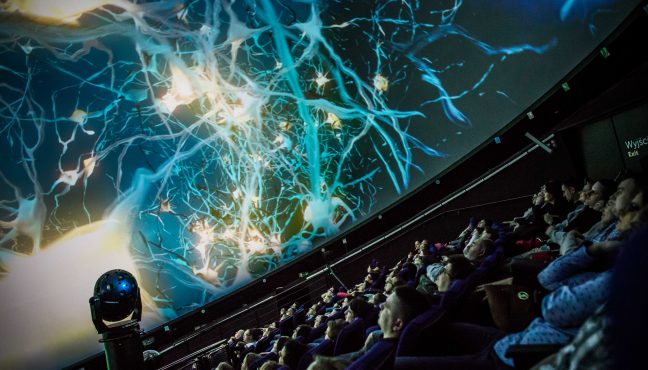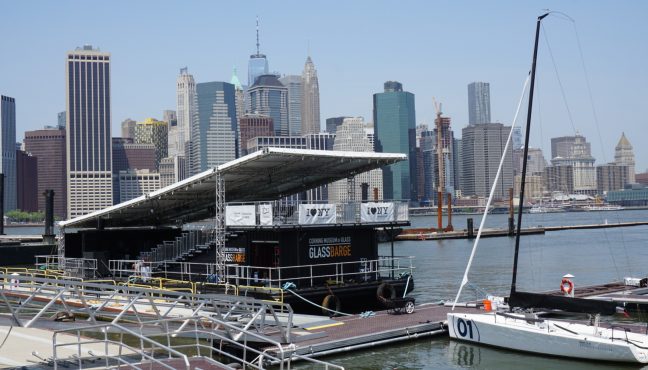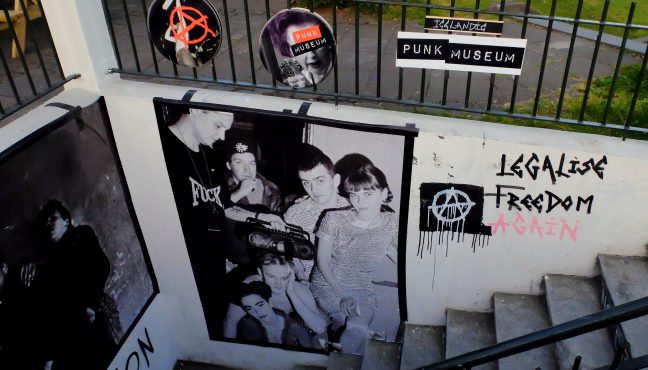Trips to flea markets have always been adventurous, a quest in search of something valuable or memorable, or both. Vintage lovers would often travel to remote areas, contact strange second-hand hoarders and look through myriads of useless stuff in order to find a gem. And a true gem is always worth a long wait and hard work, although what antique fan has not dreamed of having a wonderful flea market right across the road, in their city center? Vintage hunters from Moscow don't have to dream anymore as almost a year ago the Museum of Moscow presented them with a great gift – regular flea markets in its charming courtyard in the very heart of the old city.
Museeum visited the flea market and asked The Museum of Moscow director, Alina Saprikina, a few questions.
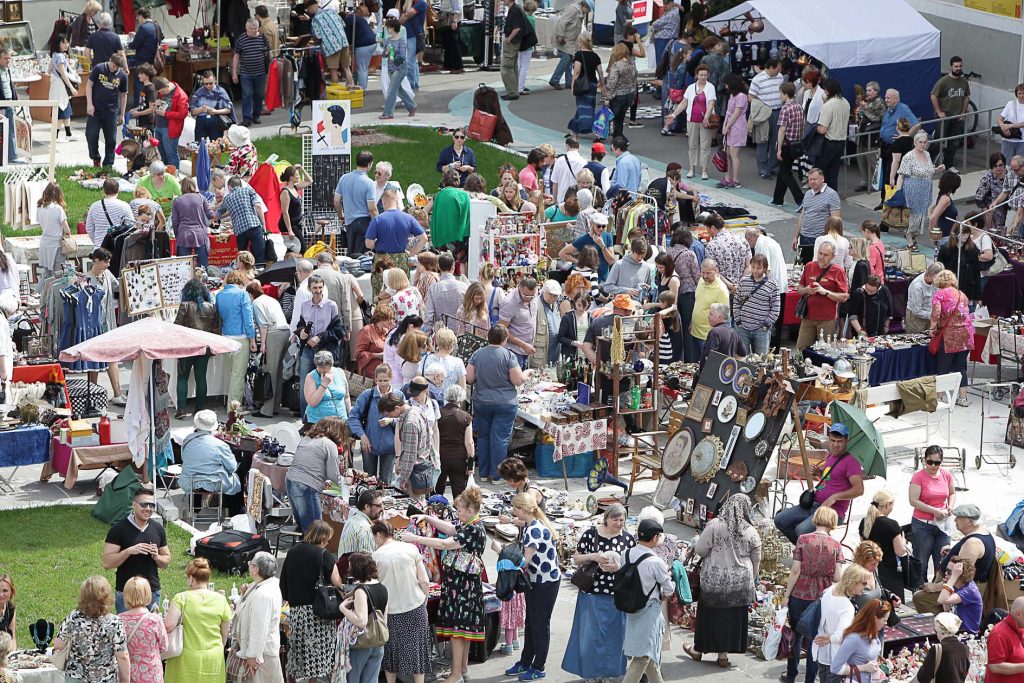
Museums usually only want to sell their design products or books and souvenirs, connected to the collection. How did the idea of a flea market in a museum come around?
ALINA SAPRIKINA: The market is on our premises, in our vast courtyard, but we do not sell our products there. From day one it was our intention to bring new audiences, to create a social and cultural project, supporting those, who love history and cherish the antique charm of our city. Moscow has a few flea markets, but ours is the only one filled with activities apart from just buying and selling. It attracts professional antique dealers and amateurs and is always accompanied by an extensive cultural program: lectures, dancing and screenings, stylists’ performances, art conservators’ competitions and retro-photographers shows, just to name a few. No one expected the market to be so successful, to everyone’s surprise it became a signature project of the Museum, an event people would always come back for.
Finding special pieces is also a little bit of work even in the museum flea market, because old clothing and soviet memorabilia occupy a big section that doesn’t seem to fit the concept well. At first we don’t even want to look there, but decide to walk through and on the way out of the clothing line note a few interesting books and a food trencher that will go well with an antique wooden Chinese cup. The tray is not antique, but the seller is such a sweet lady and price is so low that we cannot resist.
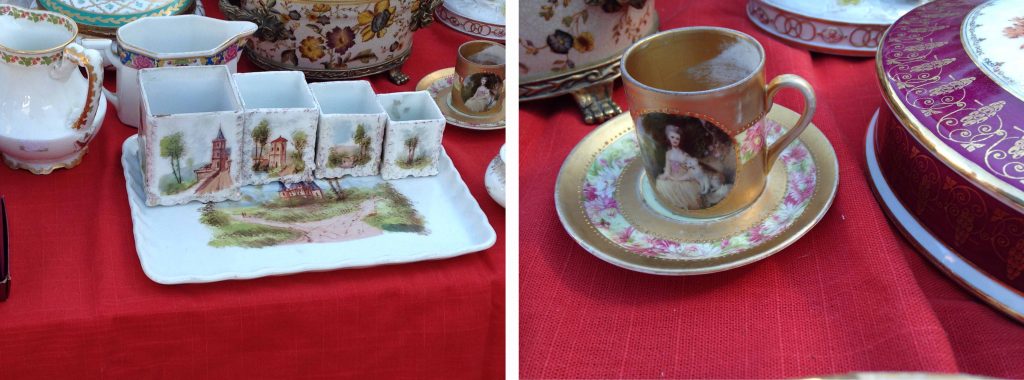
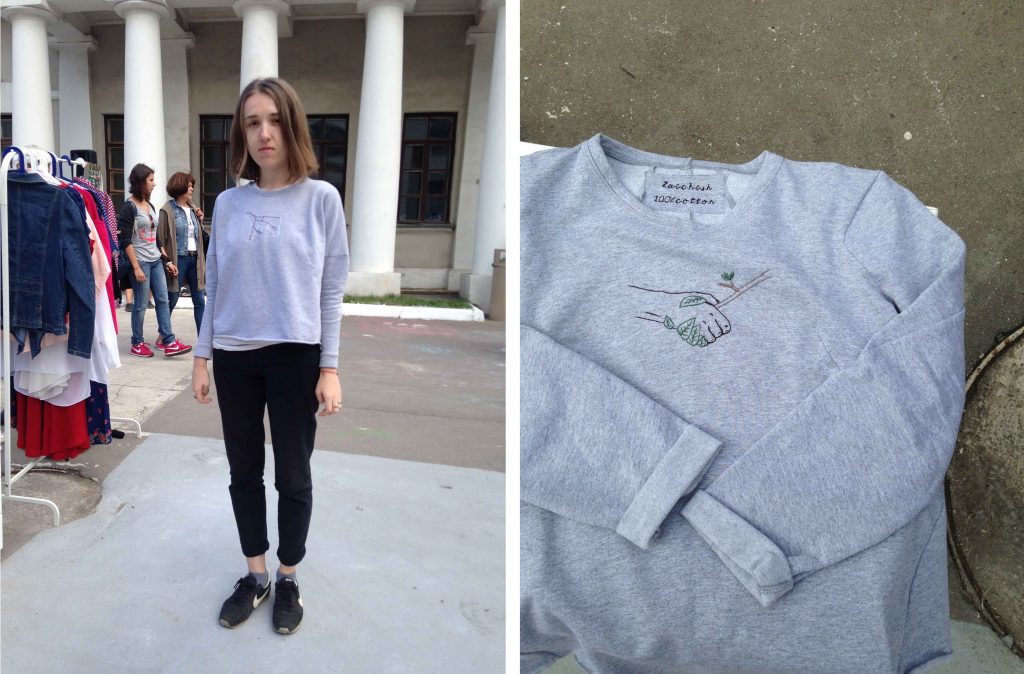
Who can take part in the market?
A.S.: Anyone, who is interested. A lot of Moscow citizens bring their family “riches”, “rarities” and just interesting things here. The participation is free. Prices are usually very democratic, but sometimes you can find exclusive and very expensive items. The market gave us a unique opportunity to explore Moscow’s culture and history through people and their family histories. For the participants our market became a great meeting place, a place to bring their “treasures” or just old Soviet books and accessories, giving them a new life.
We are mostly interested in antiques. Moving in that direction we note a cozy sweater by a young designer Masha, who regularly comes to the Museum of Moscow market, because she likes the crowd and “there are a lot of interesting people”. And that is true: her neighbor appears to be a shoe-maker, working for famous theaters. His neighbors are young ladies, selling hand-made jewelry and French bijouterie. Communication does matter and visiting this flea market you feel like a guest in someone's big home. The music (it has been heard from the start) gets a little louder, but not too loud, just enough to draw attention to the improvised stage, someone begins to sing and dance. The mood is very relaxing.
Dancers' costumes and the music seem to suggest a 1960s context. Were all Museum of Moscow markets united by one theme or were they different?
A.S.: We have already hosted 9 flea markets (beginning in summer 2014) and each had its own twist. At first we covered the 20th century history: each market had its “time frame”, from 1920-1930s to 1980s. Music has always been essential, in the background you would hear jazz, swing, tango, pre-war or post-war songs. Later on we incorporated special programs: art professionals' lectures, Q&As, discussions with conservators, historians and architects. And then we decided to have a special program for kids and created a typical 1960s yard.
We move on to the crockery and see many beautiful things at reasonable prices. People keep coming in, it’s a lazy Sunday and some guests are carrying bags from other museums shops.
Are there people who come to the flea market and then go to the Museum of Moscow for the first time?
A.S.: Since the project was indented to bring new people in, there are visitors who come for the market and stay for the museum. It is important that the museum is in this central borough of Moscow – close to Gorky Park and the city's cultural cluster: The Pushkin Museum of Fine Arts, Garage Museum of Contemporary Art, Tretyakov Gallery, The New Tretyakov. We want people to visit our expositions, have a bite in our café, watch a movie in the Documentary Film Centre and attend kids workshops. A visitor can spend his or her whole day here alone or with the family. We try to create the right atmosphere so that more people would want to spend their time in our museum.
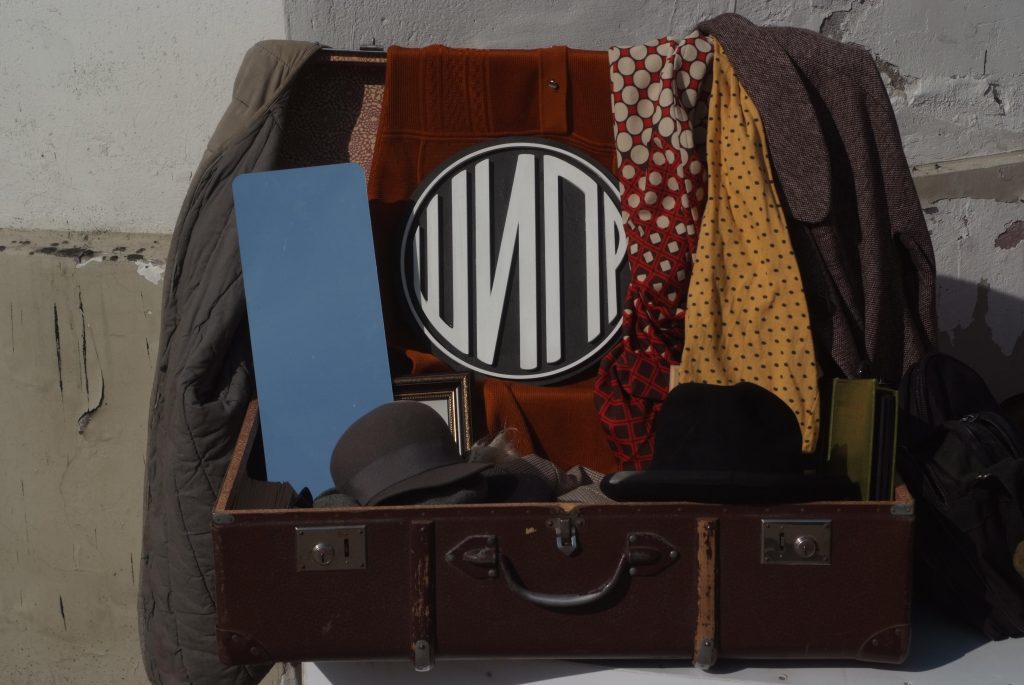
We at the Museeum were happy to visit the Museum of Moscow flea market not only because we bought a few nice things and had a lovely chat with Alina, but also because we met many interesting people, tasted sand coffee (according to the ancient Jordanian recipe) and LISTENed to our favorite jazz.
